“I grew some luffa!” My friend was holding up a long, cucumber-shaped object.
“It looks like a sponge.” I eyed it closely.
“Well, it is and it isn’t,” she replied. “You do realize that luffa doesn’t grow in the ocean, right? It grows in a garden — and it may look like a sponge, but when it’s a young plant, people eat it. This one is mature and is definitely going to be used as a sponge.”
What Is a Luffa?

A member of the pumpkin, squash, cucumber, and gourd family, luffa (Luffa aegyptiaca Mill.) grows on a vine with big leaves. It’s an herbaceous annual which climbs and trails along its length, which can grow to 50 feet. The fruit, which is edible when young, hangs down from the vine, much like a cucumber.
Natural Habitat
Luffa is native to Asia and grows well in subtropical growing conditions, particularly with lots of sunlight. It can be grown in colder climates, but it doesn’t overwinter.
Growing Conditions
Plant the seeds directly in the ground in the late spring, or start the seeds indoors about four weeks before the average date of the last frost. Choose a site with full sun and well draining, acidic soil. Take into consideration that this large plant grows vertically and will overshadow surrounding plants. It should be spaced about a foot between in rows that are at least 5 feet apart, and underneath about a half inch of loosely packed soil.
Make sure there is a trellis for the plant to climb, as this helps to keep the vines and the fruit dry. The luffa plant doesn’t do too well if it grows on the ground, and make sure the location you choose was not a growing area for other cucumbers in previous years.
The soil should be kept moist but not too wet, and it’s important to keep the vines dry when watering to help prevent the spread of diseases.
It is possible, but rather tricky, to grow luffa in pots. They can, of course, be started from seed indoors in pots, but should be transplanted outside after the last spring frost. It is possible, however, to grow luffa in large pots as long as there is a good trellis to support the vine. The pot needs ample drainage, since luffa doesn’t like having roots that are too wet.
In ideal growing conditions, seedlings will appear between 7 and 14 days. The fruit (gourds) will be ready to harvest in about 200 days.
Pruning is beneficial to a healthy harvest. When the fruits start to develop, usually toward the end of the summer when the first frost can be expected, pinch away the remaining flowers and the smallest of the fruits. It will allow the vine to better support the larger luffas as they mature.
Cold temperatures will kill the vines, so don’t expect luffa to overwinter. It’s an annual that grows and produces fruits in one season.
Harvesting

Since the fruit grows fast, about 1 ½ inches per day, a vine should produce about 4 to 6 fruits. These may be harvested while still young and tender for eating, either raw or cooked. If you’re growing luffa for sponges, they need to be about 2 feet in length before harvesting.
It’s important to allow these mature fruits to remain on the vine for several weeks to toughen the inner fibers. The fruit should be tan in color and lightweight. Allow the fruit to dry on the vine before harvesting. It should make the outer skin a hard shell, and you will be able to hear the seeds rattling inside, indicating the inner fibers are dry and hardened. Then cut it from the vine with about 2 inches of stem still attached.
Pests and Diseases
Luffa suffers from similar plant diseases as other members of the gourd and cucumber family. The most common is the downy mildew, powdery mildew, Alternaria leaf blight, and angular leaf spot. Cucumber beetles and spider mites also affect luffa. The best recourse is practice crop rotation to avoid over irrigating and reduce the spread of pests and diseases.
Varieties of Luffa
While all luffa plants produce a spongy interior, the three primary species — Luffa aegyptiaca, Luffa acutangula, and Luffa operculata differ in appearance and uses.
Luffa Aegyptiaca (Smooth Luffa or Sponge Gourd)

Luffa aegyptiaca (smooth luffa or sponge gourd) is the most commonly available variety. Other common varieties include smooth boy, smooth beauty, and south winner.
Luffa Acutangula (Angled Luffa, Chinese Okra, Dishcloth Gourd, or Ribbed Luffa)

Luffa acutangula (angled luffa, Chinese okra, dishcloth gourd, or ribbed luffa) is a popular edible luffa species when harvested immature. These choice varieties in Asian cuisine are known as lucky boy, hybrid green glory, summer long, and hybrid Asian pride.
Luffa Operculata (Ball Luffa)

Luffa operculata (ball luffa) is a popular variety for harvesting a fibrous scrubbing sponge.
Uses

Perhaps the most considered use of luffa is to make sponges. When dried and fibrous, these gourds make excellent sponges, and it’s simple to do. After harvesting the mature, dried luffa, soak it in warm water for 20 minutes or until the skin can be easily removed. Luffa seeds and pulp are removed by shaking them loose. Once gutted, soak the shell with a 10 percent bleach solution. This will kill any residual bacteria. Alternately (to avoid using bleach), you can rinse luffa well with fresh water, and shake it to release the excess. Microwave the washed luffa on high for about 3 minutes until steaming hot. Once treated, allow to completely dry in a warm, well-ventilated area. When fully dried, it’s ready to be stored until use. Luffa makes a good body scrub and is popularly used in the bath or for kitchen cleanups.
In some areas, like Paraguay, the mature luffa is combined with other vegetable matter and recycled plastics, and then used to make panels for construction purposes or for building furniture.
Luffa is also edible if harvested while the fruit is young. It’s eaten as a vegetable in many cuisines including India, China, Nepal, Bhutan, Bangladesh, and Vietnam. It’s good in curries, soups, and stir-fry. Basically, it can be cooked and used much the same as zucchini and other squashes.
Conclusion
Luffa is a very versatile plant. Easy to grow, it can be eaten — but also harvested for sponges or construction material, and it makes a great topic of conversation among garden enthusiasts. Want to grow something uniquely original and a little unusual? Grow some luffa!




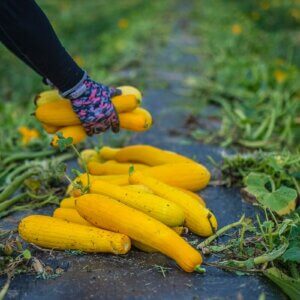


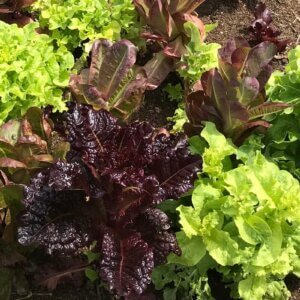
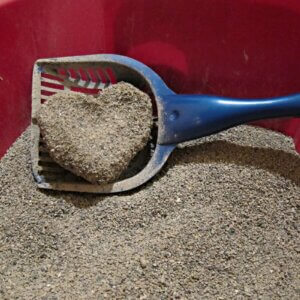





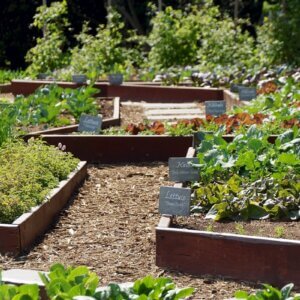
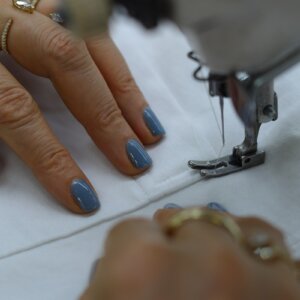
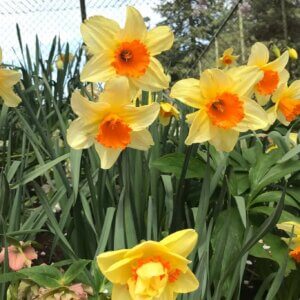

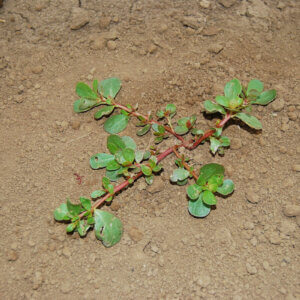
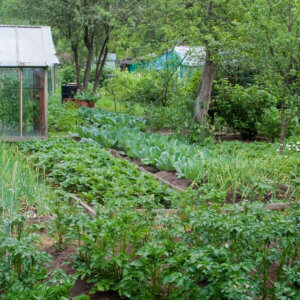
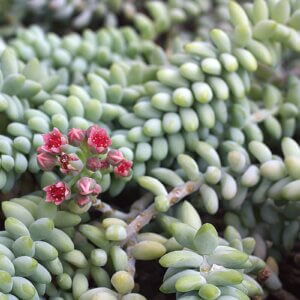
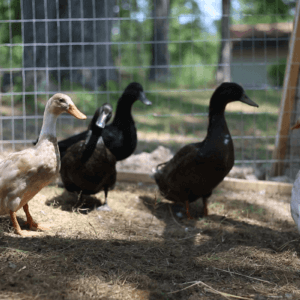



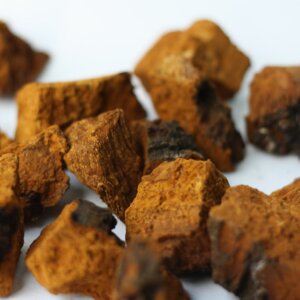
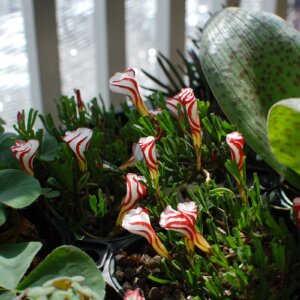


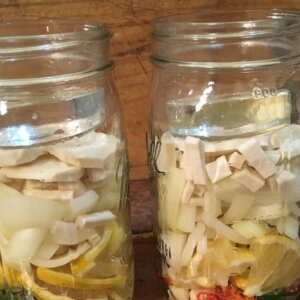
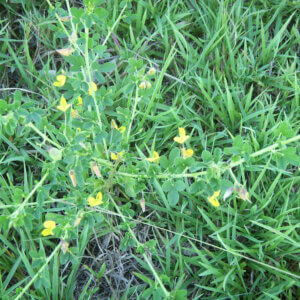
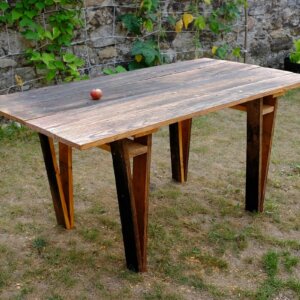
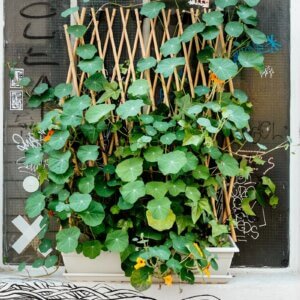


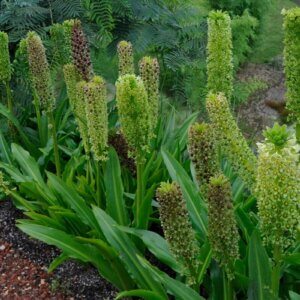

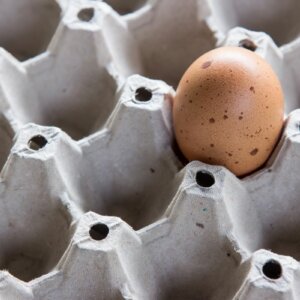
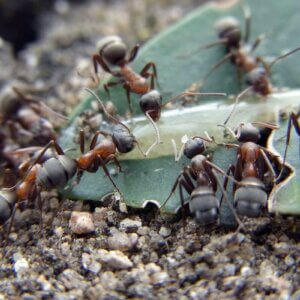
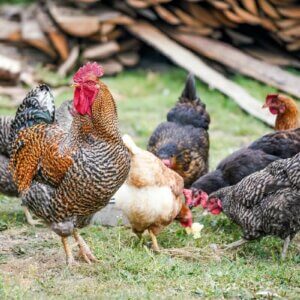

Leave a Reply